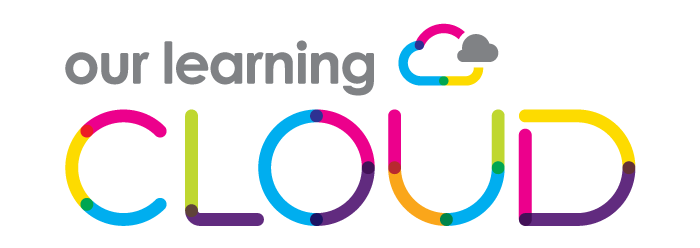
Why Cloud-Only Environments Are the Future of Education
In recent years, the landscape of education has undergone a significant transformation, largely driven by advancements in technology. One of the most profound shifts has been the migration towards cloud-based solutions, offering unparalleled flexibility, scalability, and security. Educational institutions worldwide are increasingly moving towards cloud-only environments, leveraging tools like Microsoft 365 and bolstering their defences with advanced threat protection to enhance educational outcomes and streamline operations.
The Power of Cloud-Only Environments
Embracing a cloud-only environment, particularly with Microsoft 365, brings forth a myriad of benefits for educational institutions:
- Accessibility and Collaboration: Cloud-based platforms facilitate seamless access to educational resources from anywhere, at any time. Students and faculty can collaborate in real-time on documents, presentations, and projects, fostering a dynamic learning environment.
- Scalability and Flexibility: Educational institutions often face fluctuating demands throughout the academic year. Cloud solutions allow for easy scalability, enabling schools to adapt resources based on current needs without significant infrastructure investments.
- Cost Efficiency: Moving to a cloud-only environment eliminates the need for maintaining extensive on-premises hardware. This shift not only reduces upfront costs but also lowers ongoing maintenance expenses, directing resources towards enhancing educational programs.
- Enhanced Security: Cloud platforms, when configured correctly and complemented with robust security measures, they offer enhanced protection against data breaches and cyber threats. A3 licenses provide advanced threat protection, data loss prevention, and device management capabilities, ensuring that sensitive student and faculty information remains secure.
- Integration and Management: Microsoft 365 integrates seamlessly with other educational tools and systems, simplifying administrative tasks such as student information management, scheduling, and communications. This integration enhances operational efficiency and enables educators to focus more on teaching and less on administrative burdens.
The Role of Licenses in Educational Security
Part of Microsoft’s comprehensive approach to educational security revolves around deploying the correct licensing to activate advanced threat protection features tailored to the unique needs of schools:
- Advanced Threat Protection: Proactively identify and mitigate cybersecurity threats, protecting sensitive data and intellectual property.
- Data Loss Prevention: Safeguard against accidental data leaks and unauthorized sharing of confidential information.
- Device Management: Maintain control over devices used within the educational environment, ensuring compliance with security policies and standards.
- Educational Insights: Utilize data analytics and reporting tools to gain actionable insights into student performance and engagement, enabling personalized learning experiences.
Challenges and Considerations
While the benefits are compelling, transitioning to a cloud-only environment requires careful planning and consideration of various factors:
- Training and Support: Adequate training for staff and students is essential to maximize the benefits of cloud-based solutions and ensure smooth adoption.
- Compliance and Privacy: Educational institutions must adhere to regulatory requirements concerning data privacy and protection, particularly when handling student information.
- Infrastructure Readiness: Assessing existing IT infrastructure and ensuring robust connectivity are crucial steps to avoid disruptions during the transition.
Conclusion
Educational institutions are at the forefront of embracing digital transformation, and the shift towards cloud-only environments represents a significant step forward. By leveraging the power of Microsoft 365, schools can enhance educational experiences, improve administrative efficiency, and strengthen cybersecurity measures. This strategic move not only prepares students for a digitally-driven future but also positions educational institutions as innovators in the realm of modern education.
As the educational landscape continues to evolve, the integration of cloud technologies and advanced security measures will play a pivotal role in shaping the future of learning worldwide. By embracing these transformative technologies, educational institutes are poised to deliver exceptional value to their stakeholders and nurture a generation of tech-savvy learners ready to thrive in an interconnected world.

